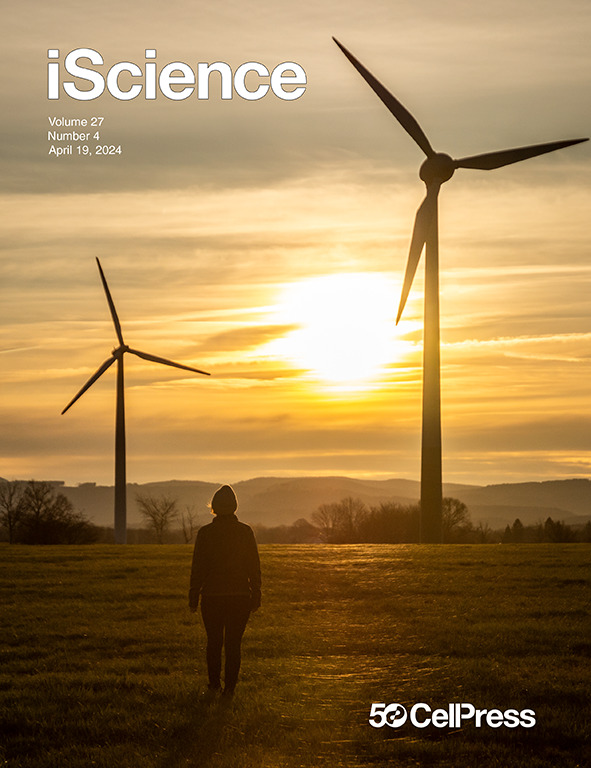Wireless charging LED mediated type I photodynamic therapy of breast cancer using NIR AIE photosensitizer
IF 4.6
2区 综合性期刊
Q1 MULTIDISCIPLINARY SCIENCES
引用次数: 0
Abstract
Due to limited light penetration and dependence on oxygen, photodynamic therapy (PDT) is typically restricted to treating shallow tissues. Developing strategies to overcome these limitations and effectively using PDT for tumor treatment is a significant yet unresolved challenge. In this study, we present a smart approach combining a wireless-charged LED (wLED) with a type I aggregation-induced emission photosensitizer, MeOTTMN, to address both light penetration and tumor hypoxia issues simultaneously. MeOTTMN, characterized by twisted molecular architecture and strong intramolecular electron donor-acceptor interaction, produces high levels of hydroxyl and superoxide radicals and emits near-infrared light in its aggregated state, thus facilitating fluorescence imaging-guided PDT once formulated into nanoparticles. The inhibition of breast cancer xenografts provides compelling evidence of the treatment efficacy of type I PDT irradiated through an implantable wLED. This strategy provides a conceptual and practical paradigm to overcome key clinical limitations of PDT, expanding possibilities for clinical translation.
求助全文
约1分钟内获得全文
求助全文
来源期刊

iScience
Multidisciplinary-Multidisciplinary
CiteScore
7.20
自引率
1.70%
发文量
1972
审稿时长
6 weeks
期刊介绍:
Science has many big remaining questions. To address them, we will need to work collaboratively and across disciplines. The goal of iScience is to help fuel that type of interdisciplinary thinking. iScience is a new open-access journal from Cell Press that provides a platform for original research in the life, physical, and earth sciences. The primary criterion for publication in iScience is a significant contribution to a relevant field combined with robust results and underlying methodology. The advances appearing in iScience include both fundamental and applied investigations across this interdisciplinary range of topic areas. To support transparency in scientific investigation, we are happy to consider replication studies and papers that describe negative results.
We know you want your work to be published quickly and to be widely visible within your community and beyond. With the strong international reputation of Cell Press behind it, publication in iScience will help your work garner the attention and recognition it merits. Like all Cell Press journals, iScience prioritizes rapid publication. Our editorial team pays special attention to high-quality author service and to efficient, clear-cut decisions based on the information available within the manuscript. iScience taps into the expertise across Cell Press journals and selected partners to inform our editorial decisions and help publish your science in a timely and seamless way.
 求助内容:
求助内容: 应助结果提醒方式:
应助结果提醒方式:


